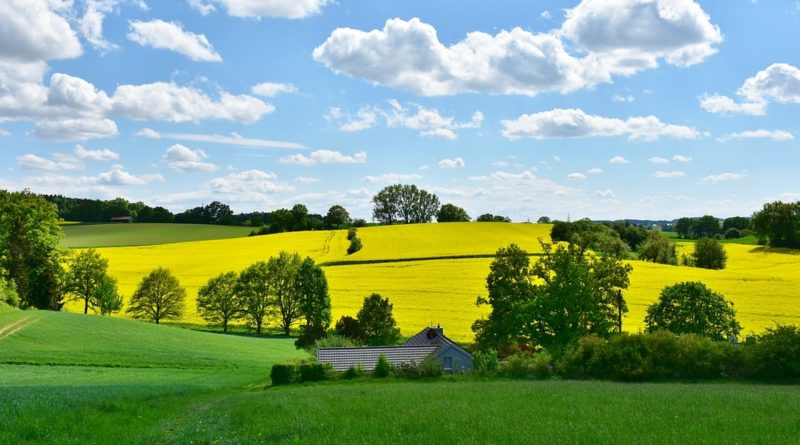How to rebalance an ecological agricultural system
How to rebalance an ecological agricultural system
The principles on which most of the “modern” agricultural systems are based are the result of a basic error, that is to say that they have transferred the criteria typical of industrial models and their assembly systems to agricultural production processes. Ecological systems work very differently; these are based on the principle of energy dissipative systems and therefore the laws of thermodynamics and negentropy are in force.
For this reason, the more the productive organization of a farm is far from these principles, the more its overall energy yield will be low and the production model conditioned by the need for multiple functional corrections (pesticides, insecticides, synthetic fertilizers, etc.).
Whatever the productive order you decide to create, if this does not lay the foundations on solid principles of sharing the energetic process among all the components of the agricultural ecosystem (micro-organisms, plants, insects, animals, etc.), then let us be sure of any attempt to govern our company with “organic” methods will find incredible difficulties. This is because the company’s thermodynamic system will tend to produce low aliquots of negentropy with consequent feedback from the system that will continually attempt to rebalance (proliferations of fungi, weeds, insects, various diseases, etc.).
In this sense, therefore, the solution for a new frontier of agroecology can not only be the biological struggle but the preventive organization of agricultural systems. In turn, this organization must be as comprehensive as it is by applying the principle of bioregionalism. The hypothesis of creating micro-ecosystems (farms) divorced from the ecosystem that surrounds them is impossible and dynamically unrealizable.
But in fact what is a dissipative system: it is a complex ecological machine of energy transformation (solar, wind, water, geothermal, etc.) divided between the highest possible number of biotic components (plants, insects, vertebrates, fungi) , etc.) that abiotic (minerals, air, etc.). In this complex machine each component plays a well-defined role, with biocenosis, exchanges, symbiosis, etc. that allow the highest energy yield achievable the more the sharing is maximum. Clearly the co-participation is not accidental but responds to very specific principles of ecology (thermodynamics of living systems).
When we plant an arboretum or any cultivation, without taking into account all these variables, we prepare the system for the corrections that Nature (ie the surrounding ecosystem) will tend to balance.
Some remedies, however, are possible after all. To recreate a more efficient dissipative system, for example: planting hedges using local nectariferous species, which produce fleshy fruits, which are infested with insects harmful to them but used by insects useful as alternatives prey; preserve the dry stone walls, the old trees, the headlands, the tall trees; work the ground leaving areas temporarily grassed (eg near trees); when possible, we prefer grassing, even if limited to the row, compared to the working of the land; keep the grassy tree plants in winter; install artificial nests; limit the size of the plots, compatibly with the needs of mechanization.
It is evident that these are corrective to a company pathology much more widespread than what one thinks. For this reason we urgently need to review a whole agricultural school based on highly questionable scientific studies. Today we are only seeing the tip of the iceberg.
Guido Bissanti

